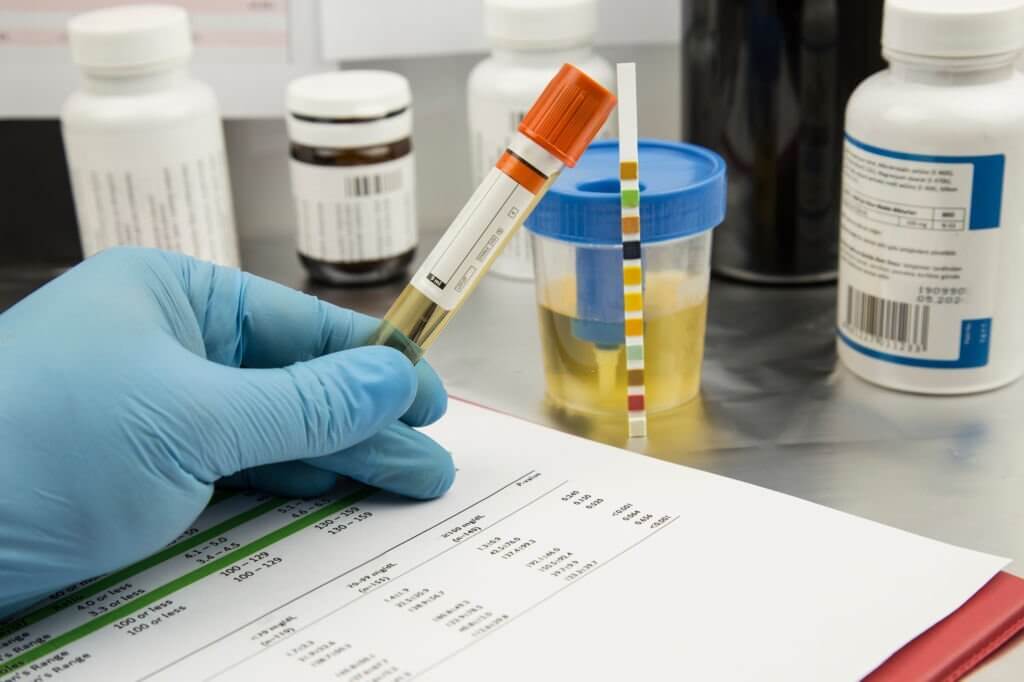News and Blogs
Enhance DNA Extraction from Urine Using Tris-EDTA Treatment

Urine samples are commonly used for molecular detection of bacteria that colonize the genital tract. However, low concentrations of bacteria and the presence of PCR inhibitors like urea and crystals in urine can hamper efficient DNA extraction and subsequent molecular testing. A study in 2019 aimed to develop an optimal urine processing method to improve DNA recovery for detecting genital tract bacteria.
What causes low DNA yields from urine?
Refrigerating or freezing urine can lead to formation of crystals that precipitate out of solution. These crystals form pellets during centrifugation that interfere with DNA extraction, giving lower yields. Acidic urine pH promotes crystal formation. Heating urine dissolves crystals but risks DNA degradation and bacterial overgrowth.
How can crystal formation be reversed?
The authors tested adding saline, phosphate buffered saline (PBS) or Tris-EDTA to dissolve crystals in 12 urine samples with visible precipitation. Tris-EDTA required the smallest volume to completely dissolve crystals by raising pH and chelating calcium ions. Bacterial DNA yields were significantly higher using Tris-EDTA versus saline or PBS.
Does Tris-EDTA improve extraction efficiency for diverse bacteria?
Urine samples were spiked with Escherichia coli and Lactobacillus jensenii and DNA recovery was compared with and without Tris-EDTA addition. Mean yields of both organisms were significantly increased with Tris-EDTA pre-treatment. This suggests improved extraction efficiency for diverse bacteria.
How does the optimized method perform with clinical urine samples?
The protocol using 10% Tris-EDTA by volume was applied to 998 male urine samples, with bacterial concentrations ranging from 101 - 108 16S rRNA gene copies/mL urine. PCR inhibition occurred in 9.1% of samples but was resolved by DNA dilution. Men with nongonococcal urethritis had significantly lower urinary bacterial concentrations, demonstrating utility of this extraction technique.
Conclusions
Precipitation of crystals during urine refrigeration can reduce DNA yields from genital tract bacteria. Pre-treating urine with small volumes of Tris-EDTA prior to centrifugation and extraction maximizes bacterial DNA recovery for molecular detection. This efficient, high-throughput approach generates higher quality urine DNA.
Click to View → Mantacc Transport Mediums
References
Munch MM, Chambers LC, Manhart LE, Domogala D, Lopez A, Fredricks DN, Srinivasan S. Optimizing bacterial DNA extraction in urine. PLoS One. 2019 Sep 24;14(9):e0222962. doi: 10.1371/journal.pone.0222962. PMID: 31550285; PMCID: PMC6759279.
Related Posts
How to Prevent DNA Degradation in Urine Samples?
Systematic Optimization of Urine DNA Isolation for Microbiome Sequencing
UTI Stops DNA Degradation in Frozen Forensic Urine Samples
Efficiency and Convenience of DNA Collection Using Buccal Swabs
The Potential of Buccal Swab for DNA Age Prediction
Comparison of Different DNA Testing Techniques and Their Applications
How Should DNA Sample Collections Be Managed?






